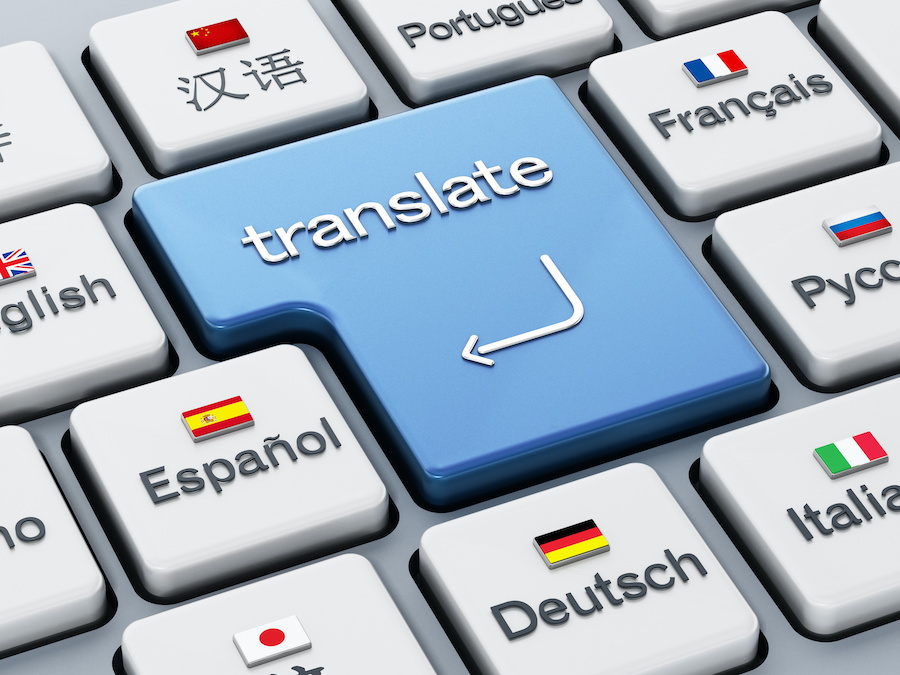Technology and Spanish Translations
By Melissa Vela-Williamson, M.A., APR, Fellow PRSA
August 2022
PR pros are facing a language conundrum as the United States becomes more Hispanic in numbers. Counties that historically did not have a significant Hispanic population saw huge growth according to the most recent Census.
In fact, 517 counties of this makeup reported their Hispanic population grew by 50% or more in the last decade. Consider the undercount the Hispanic or Latino population the Census Bureau also reported. It’s time we all prepare to communicate better with Hispanic communities.
This invites questions. When do we need to create Spanish-language media or marketing materials? When should we pitch Spanish-language media? How might Spanish speakers be different than English speakers or an English-speaking audience?
Translations are complex.
There’s no doubt technology has made our lives easier. As much as I appreciate tools like Google Translate, they aren’t reliable for accurate translations. While it may be possible to translate an English term into a Spanish term, which region or Spanish-speaking country dialect would use which term makes it more of an “apples to oranges” comparison at times.
Like any language, Spanish may be spoken and written differently depending on where you live. The way people speak English across the United States is very different. Compare how you hear someone speak English in New York versus Texas. Kind of the same, but not. That means we shouldn’t just translate a language, we should transculturate it — making one language make cultural and contextual sense in the other language.
Bilingual pros Keyhla Calderón Lugo, an education PR pro and former Univision journalist, and Miguel Segura, a director of public affairs and regional development, share guidance on translations.
What’s the most challenging part of writing English-based PR materials in Spanish?
Lugo: Sometimes messages don’t translate with the same meaning from English to Spanish.
Segura: The toughest, and potentially most dangerous, part of translating content into Spanish is understanding your audience and the particular dialects they’re accustomed to. We have all heard of differences in certain Spanish words or phrases from country to country, but even within one country there may be nuances that mean something completely different from one part of the region to another.
Are any online translation tools helpful for translation?
Lugo: A site I like to use that translates words from English to Spanish is WordReference. It not only gives translations and definitions, but you can also find synonyms and conjugations.
Segura: Online translation sites, such as GoogleTranslate, SpanishDict, or WordReference can serve as a great start to translating a piece, but should not be solely relied upon.
What do you recommend a PR pro who doesn’t speak Spanish do if they can’t hire a translator?
Lugo: This is where networking comes in handy. Reach out to contacts or friends who may be able to help without worrying about costs. Keep in mind, that when it comes to Spanish translations, words vary depending on the country.
Segura: Do as much as you can with [online] resources, then send your draft to a colleague who can proofread it. Also, try to develop a relationship with a Spanish media journalist. These reporters are always in need of individuals who can speak or produce content in Spanish.
If you show your willingness to help them with their stories, they will help you send the right/proper message to their audience. Several times, I’ve taken a press release that I needed to do a Spanish interview on, highlighted the words I was unsure about and I asked the reporter for guidance on how to properly translate a term. Then I did the interview.



